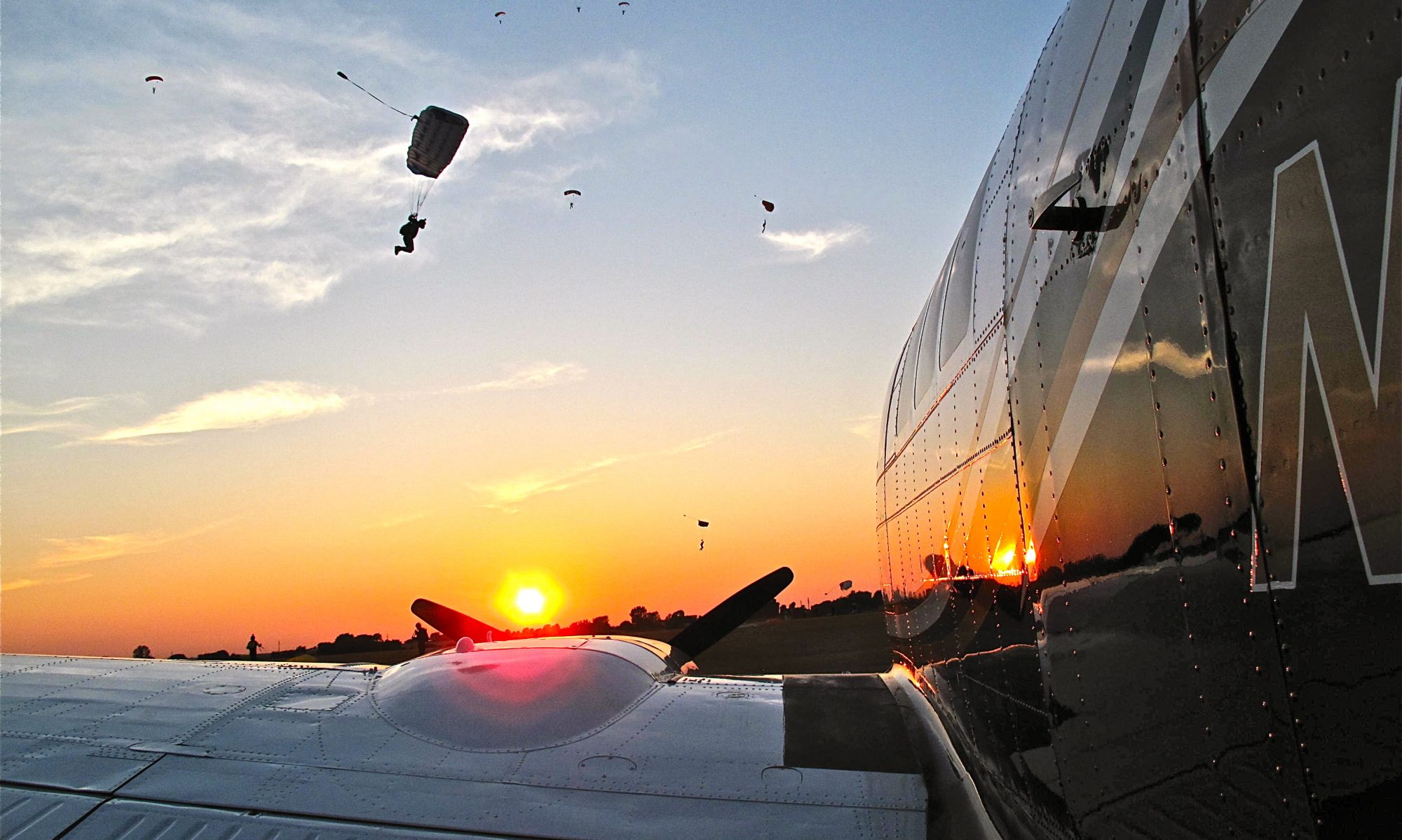What Were You Doing There Mavrick?

By David Cenciotti
Earlier this year, Pentagon Press Secretary George Little, said that an IRIAF (Islamic Republic of Iran Air Force) F-4 Phantom combat plane attempted to intercept a U.S. MQ-1 drone flying in international airspace off Iran.
As we reported back then, one of the two F-4 Phantom jets came to about 16 miles from the UAV but broke off pursuit after they were broadcast a warning message by two American planes escorting the Predator.
The episode happened in March 2013, few months after a two Sukhoi Su-25 attack planes operated by the Pasdaran (informal name of the IRGC – the Army of the Guardians of the Islamic Revolution) attempted to shoot down an American MQ-1 flying a routine surveillance flight in international airspace some 16 miles off Iran, the interception of the unmanned aircraft failed. After this attempted interception the Pentagon decided to escort the drones involved in ISR (intelligence surveillance reconnaissance) missions with fighter jets (either F-18 Hornets with the CVW 9 embarked on the USS John C. Stennis whose Carrier Strike Group is currently in the U.S. 5th Fleet area of responsibility or F-22 Raptors like those deployed to Al Dhafra in the UAE.
New details about the episode were recently disclosed by Chief of Staff Gen. Mark Welsh who on Sept. 17 not only confirmed that the fighter jets providing HVAAE (High Value Air Asset Escort) were F-22 stealth fighters but also said that:
“He [the Raptor pilot] flew under their aircraft [the F-4s] to check out their weapons load without them knowing that he was there, and then pulled up on their left wing and then called them and said ‘you really ought to go home’”
Anyway the U.S. pilot achieved to scare the Iranian pilots off and save the drone. A happy ending worthy of an action movie.
▶ DoubleEnder
I REALLY want one of these. The slow stall/approach speed is truly impressive.
Bigfoot Sighting
The Price You Pay
There’s the price you pay, the price you thought you paid, the price you told your wife you paid and the price you eventually pay. Or it costs some people $ 200 to make a tandem skydive and it costs others the use of their right leg for 6 weeks, or a hip surgery 6 years later. Last Saturday I was at home recovering from my hip resurfacing surgery, chillin on the couch drinking coffee and enjoying a slight pain pill buzz. All was good until I got the call that one of my instructors, Smilee, had broken his leg. “What the hell were you guys doing jumping in winds like this?” I thought, and maybe said loudly. Earlier I’d looked at the forecast and it was supposed to be WINDY. Now normally I call every morning and go over the forecast with my staff and decide weather or not, get it ? we should jump that day, but seeing that I was on the mind I figured they could handle it by themselves just this once. I guess I was wrong. Apparently when Smilee landed with his tandem the air was very turbulent and his passenger ended up sitting on his leg and broke it. It’s not really serious but it will keep him on the ground for six to eight weeks. If you’re going to jump out of planes for a living you’re going to get banged up every once in a while.
Good thing his friends took care his reading needs. Smilee having a better day. 



 But great footage!
But great footage! 


